The last nine months have been a real rollercoaster ride. And not the kind where you’re full of nervous anticipation, exhilaration felt at every turn, twist and drop; the kind where, at the end, you think “Holy Crap! I want to do that again!”. Nope. This COVID19 rollercoaster ride has been more like the poop your pants, pass out from fear, throw up on the person next to you kind.

This COVID19 rollercoaster ride has been a doozy. Photo from Pixabay.
At first, it seemed that COVID might be with us for only a short while. Maybe it would burn itself out or be merely seasonal and fade in the summer months. But much was unknown and fear ruled the land. The world shuttered it’s windows and doors. The streets were empty and, if you did venture out, it felt like a ghost town.
Then the warmer weather came and we were able to get outside and enjoy family and friends at a safer distance. We went on walks and breathed the fresh air (at least until August when “fire season” hit the West Coast). We gardened like nobody’s business and our yards never looked better. And we explored the local beauty as tourists in our own towns. There was a relative lightness – a slight relaxation.
But, then college kids went back to school and the weather turned colder. People began congregating indoors. They tired of masks. They grew weary of separation. Cases began to spike, hospitalizations and deaths rose at an alarming rate, shutdowns again loomed large, and the term “Blursday” was born.
And here we are now – heading into the darkest months of the year, both literally and figuratively. We have some really rough months ahead and I want us to be prepared. So, this blogpost is dedicated to helping you get through these coming months as unscathed as possible – to taking care of body and brain during COVID19. I’ll offer you the same advice I’ve been giving my patients. So… Let’s get started.
But first… How are you?
I mean, how are you REALLY? If you are like most of my patients, friends, and family, you are struggling. Extroverts are going through social withdrawal. But, even introverts are growing tired of spending time by themselves. And, ironically, some people now lament that they CAN’T be alone, even if they want to be, because members of their household are now together ALL.THE.TIME.
As a family doc, here’s what I’m seeing. People are bored. They are sad and lonely, some to the point of depression. They are most definitely anxious about the world. Folks are stress eating and boredom eating and comfort eating. Some are exercising more, taking this opportunity of fewer demands on their time to get in that exercise they felt unable to schedule in pre-COVID life. But most are exercising less, finding it hard to motivate themselves, especially as the days grow shorter and the weather turns colder. The “Quarantine 15”, similar to the Freshman 15, are creeping on and I’m diagnosing Diabetes left and right (Type 2 Diabetes Mellitus is often a weight-related condition). And people are turning to alcohol with increasing frequency as a way to relax and cope, and it’s becoming a problem.
So, what about you? How are you feeling? Are you lonely? Are you depressed or anxious? How are you doing with your eating habits, exercise, and alcohol consumption? Take a minute to think about it and then read on for some ideas about how to address these issues.

Take some time to get real about how the COVID19 pandemic is affecting you. Photo from Pixabay.
The BLADS (Boredom, Loneliness, Anxiety, Depression, and Sadness)
I know. It would have been so much cooler if it was the BLAHS but, no matter how hard I tried, I couldn’t figure out how to make “Depression” start with an “H”. In my day-to-day work, I come across many patients who admit to feelings of sadness. But I wonder if it wouldn’t be more appropriate to call what we’re feeling “grief”. We are grieving the death or our freedoms.
Though a necessary and important sacrifice to take control of this virus, we mourn the ability to hug, to share physical space, to share a meal and a laugh. We can’t be with many of the most important people in our lives. Gone is the casual ease with which we could interact with strangers and the venues in which we could make new friends or find a romantic partner. We mourn our ability to just BE in the world. Every move is now a calculated risk/benefit decision.
For some, it is more than that. The loneliness and grief have devolved into depression. We struggle to find happiness in things we used to enjoy. Motivation is lacking and it is more and more of a challenge to face each day. The world feels heavy. Our bodies feel heavy and tired. Our sleep is restless. We have a hard time controlling our emotions. There is little hope and it is difficult to see an end to the darkness.
And then there’s anxiety. Even people who don’t tend to get anxious are finding themselves worried, snapping at everyone, hearts and minds racing, suddenly aware of their breathing and feeling like they can’t get enough air. What if we have to live like this for months or years to come? What if I get sick? Are my parents safe? Are my spouse and my children safe? How will I provide for my family when my business is shut down or I’m out of work?
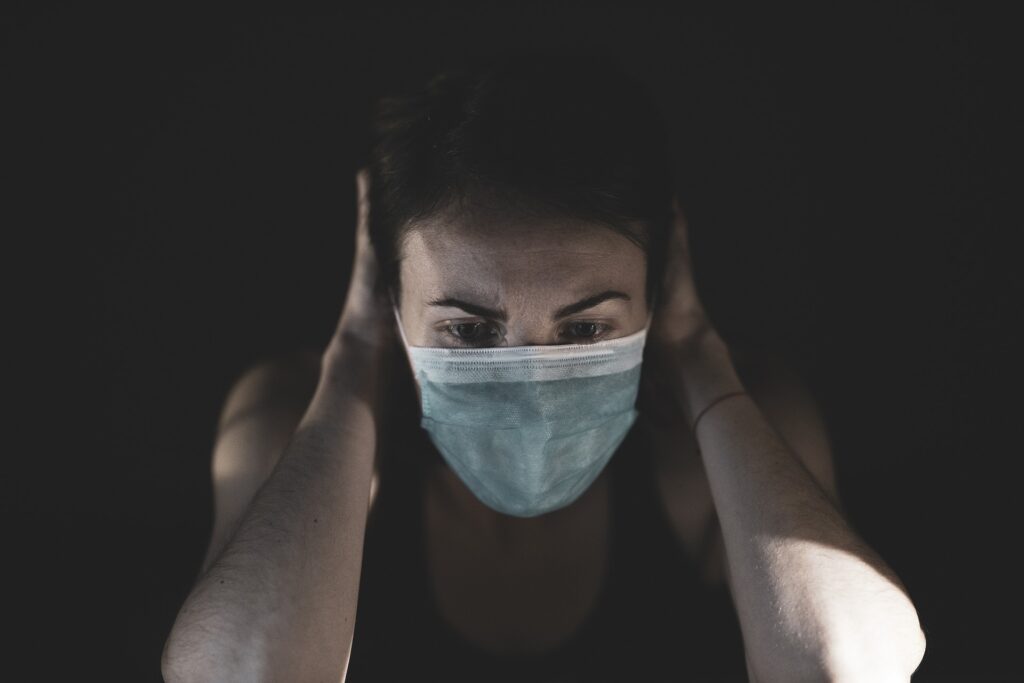
The COVID Pandemic is taking its toll on our mental health. Photo from Pixabay.
If you see yourself in these descriptions, you are not alone. These feelings are so common these days but that does not diminish their significance. This is something you don’t have to suffer through. Talk to your family doctor, a counselor, a minister, or a close friend. Sharing your story with those who can relate can help bring you out of this dark place. Please. Reach out. At the end of the blogpost you will find some resources for help if you are seriously struggling.
What can you do to help yourself?
Here are some ideas to consider to help take care of body and mind during the continuing days of the Pandemic:
Force yourself to keep a schedule.
Even if working from home, make sure to get out of bed, take a shower, eat breakfast, and change into “work clothes” for the day. Create a separate “work” space so your entire home doesn’t become a place where the stresses of work hide in the shadows. Schedule a lunch hour. You get the drift. The more we can maintain order in our worlds, the more control we will feel and the less anxiety and depression we will have. This goes for our kids as well. They very much need that same routine.
Make time for exercise every day.
Exercise increases the natural endorphins that help brighten our mood. For those of us in whom anxiety reigns, exercise helps us get rid of nervous energy. It can also allow us to clear our minds and help think through difficult decisions or come up with that creative solution we’ve been searching for. Get outside when you can – walk amongst the trees, breath the fresh air. It is truly therapeutic. And if the weather is working against you, set up a space for yoga or YouTube workouts (you can find almost any type of workout on YouTube these days).
Shop smart and find joy in eating again.
If you are like many working from home and tempted, by proximity and boredom, to hit the fridge and the pantry more often than you should, make a special effort to make your choices healthy. Eating right starts at the grocery store. It depends on what you buy and, maybe more importantly, on what you DON’T buy. If you don’t have chips and cookies and soda in the house, you can’t eat chips and cookies and soda, right? Need a snack? Feel free! But take the time (you have it now) to cut up apples so that you can grab a few and a spoonful of peanut butter or a few slices of cheese. Keep some cut up peppers, cucumbers, and carrots in the fridge and dip them in humus. Have some fruit strips and low sodium nuts on hand.
And try to make eating fun. It’s easy to lose inspiration when you are eating in every night. We make the same old things and can grow weary of our own cooking. Try assigning each person a meal and let them come up with the menu – this is a great way to get the kids cooking. You’ve got to teach them how to cook anyway… so they can leave the nest and not starve. Think of it as teaching life lessons! Or pick countries at random and have an “International Night” where you travel the culinary world, learning about food and culture from around the globe.
Limit your alcohol intake.

It’s easy to slide into a habit of drinking too much, especially during times of stress and sadness. Photo from Pixabay.
Alcohol in moderation is not a problem. But more and more I’m seeing people reach to alcohol to self-medicate their anxiety. 2-3 glasses a week has turned into 2-3 glasses a night. Unfortunately, alcohol has a lot of down sides. It lowers our inhibitions, and this includes our ability to regulate food intake. In our efforts to control our weight, this is not going to help us. Not to mention the fact that alcohol itself contains empty calories. Alcohol is also a depressant and can worsen those dark feelings. It makes sleep quality poor. And it can negatively affect our bones’ ability to produce healthy immune cells. Trust me, we need all the immune help we can get right now.
Consider investing in a light therapy lamp.
If you suffer from depression, particularly made worse during the long dark winter months, consider investing in a light therapy lamp (see review of the best products here). Bright light therapy (10,000 lux exposure for 30-60 minutes in the first hour of the morning) is thought to affect the chemicals in our brains that are linked to sleep and mood. It is useful for treating Seasonal Affective Disorder (SAD) and other depressive conditions.
Look into smartphone Apps to help with anxiety.
There are some wonderful Apps out there that offer soothing music (I’m listening to one right now!), guided meditation, mindfulness instruction, and other interventions to ease anxiety. There are both free options and options for extended services with a subscription fee. Read here for a list of top rated Apps.
Make extra efforts to connect with others.

Break out the pen and paper or phone a friend. Take time to stay connected. Photo from Pixabay.
Nowadays, we have to get creative. Thankfully, we have technology to help us out. Set a date with a friend to check in by phone or FaceTime once a week. Join a virtual book club. Look into Facebook groups organized around a common interest, like gardening or photography. Play games with others like Words with Friends. Or go old school and write a handwritten letter to a relative. Ask that they write you back and keep the correspondence going.
Take on a new project.
Keeping busy is a tried and true way to distract oneself from worry and grief. There’s no time like the present to tackle that home project or learn that new skill. Have you been meaning to learn to play Penuchle? Always wanted to play the guitar? Now’s your chance. When else are you going to have so much time on your hands?
Plan for the future.
Having something to look forward to always brightens our days. If you are a traveler, start planning your next trip. Learn about the area you want to visit and plan some amazing activities for while you’re there. Love to cook? Plan out the best dinner party ever and get ready to host your friends and family when we can again gather together. Looking forward helps us not to dwell on the negatives of the past or the dreariness of the present.
Do something to help others.
We all feel so much better when we help those in need and there is so much need out there right now. It doesn’t mean we have to have money to give. Even without money, we always have something to offer. We can make a meal for a neighbor, donate our time to help at a local shelter, or organize a clothing drive. Some might work with a faith or social organization to bring groceries to people who are home bound or to write a supportive note to those persons, letting them know that someone’s thinking of them.
Find ways to make the holidays special.
We normally travel to visit loved ones, gather together with family and friends, and attend religious services during the holidays. However, this year will be different (hopefully, because traveling and gathering together could prove a risky proposition). But to do the holidays justice, we need to find a way to make these events special – for ourselves AND for our children. Perhaps we could each make part of the holiday meal and deliver it to family members’ doorsteps. Maybe we have a Zoom dinner and go around listing all that we are thankful for. Each family member could choose an inspirational quote or a meaningful religious passage to read before the meal.
Practice Hygge.
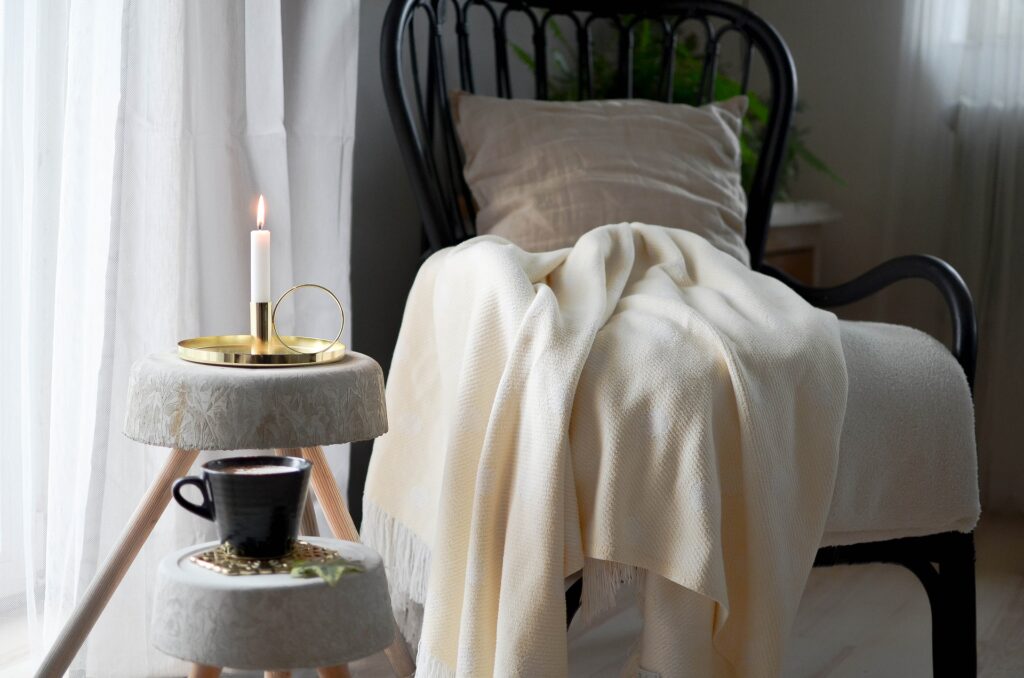
Make things cozy and special. Find joy in each moment. Photo from Pixabay.
“Practice what now?” you ask. Hygge (pronounced “hue-guh”) is a Danish term and, while there is no one English word to which it translates, it describes coziness, comfort, contentment, and simplicity. According to the creator of the blog Hyggehouse.com, the “Danes created hygge because they were trying to survive boredom, cold, dark, and sameness. The undefinable feeling of hygge was a way for them to find moments to celebrate, acknowledge and break up the mundane or harsh. With so many cold, dark, days, the simple act of lighting a candle and enjoying a cup of coffee could make a huge difference to one’s spirit.” Think twinkly lights, soothing music, cozy blankets, and comforting rituals. It “literally only requires consciousness, a certain slowness, and the ability to not just be present – but recognize and enjoy the present.” Sounds like mindfulness to me.
Prevention is key!
Well, there you have it. We need to start thinking NOW about ways we can help ourselves get through these coming days. This is a start. As I firmly believe, an ounce of prevention is worth a pound of cure. Take a few moments to think ahead. Make a plan. Set yourself up for success.
And join me for my next blogpost in which will tackle all of your questions about our coming COVID vaccine!
As promised…
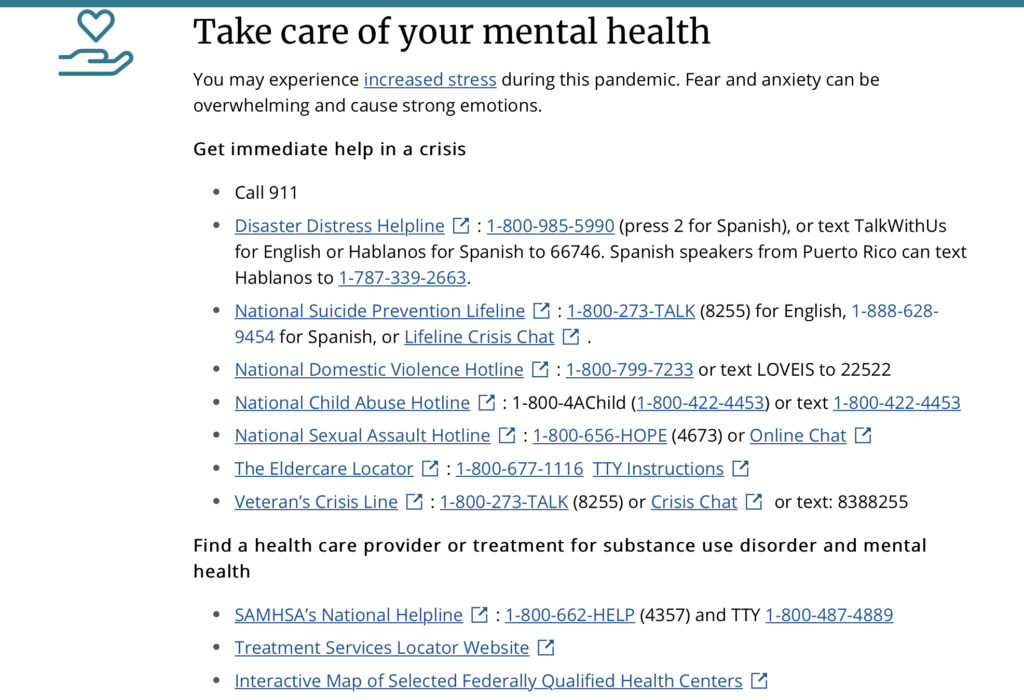
To access the links shown above, click here for the Centers for Disease Control and Prevention website.
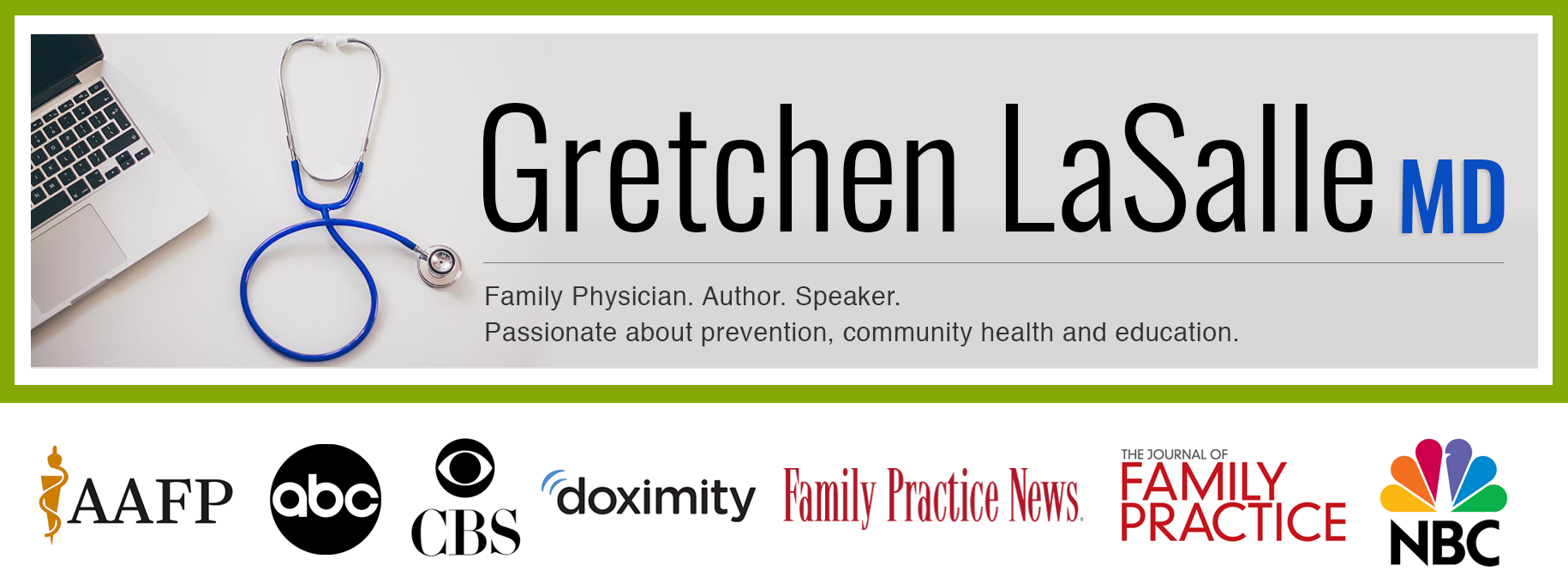
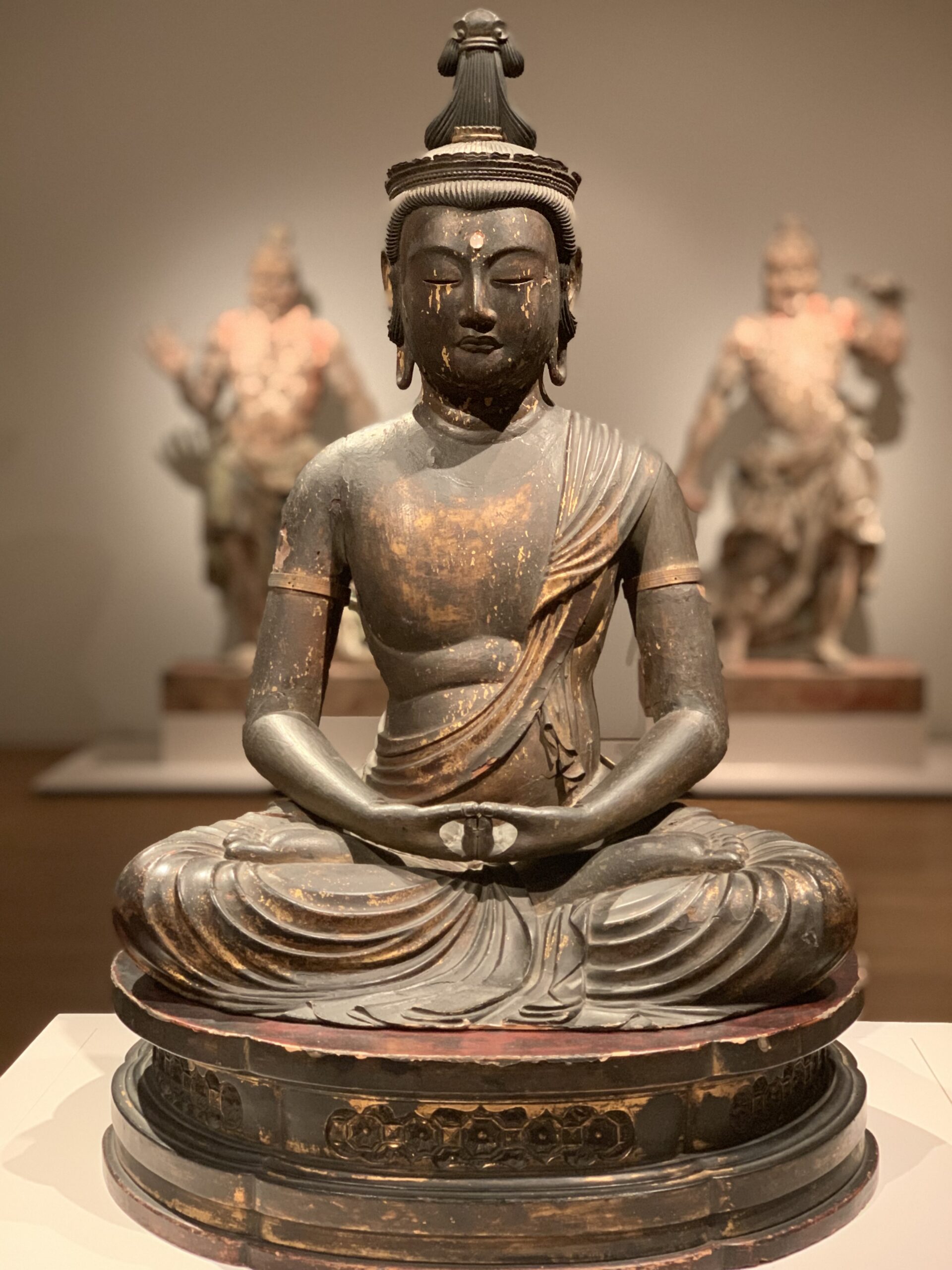
Thank you, Dr. LaSalle!
What a compassionate, down to earth, and practical guide!
Best wishes to you and yours in these crazy times!